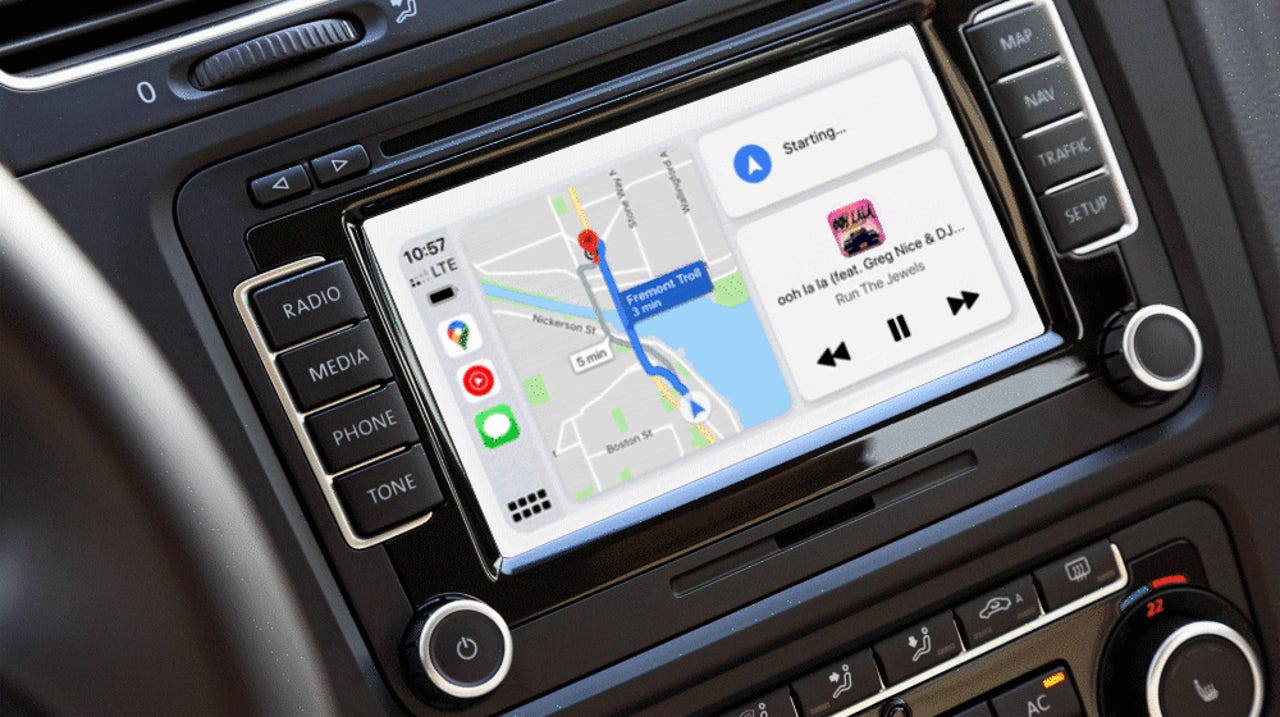
































An example of Apple CarPlay running on a VW vehicle.
AppleThis week, Polestar, the EV company owned by Volvo (whose parent is Chinese carmaker Geely), that recently went public in a NASDAQ (PSNY) merger with Gores Guggenheim, released its long-awaited update for Apple CarPlay for its electric fastback sedan, the Polestar 2.
(Disclaimer:I own a Polestar 2 and am a stockholder in PSNY).
The Polestar 2 is unique among EVs because it was the first to launch with Google's Android Automotive operating system. This is different from "Android Auto," a smartphone app mirroring/projection system like CarPlay for vehicles that use different IVI (in-vehicle infotainment stacks).
The Polestar and other Android Automotive-based cars run native Android apps, factored for vehicles, directly on a car's central display unit.
On Polestar 2, CarPlay is deployed as a vendor-integrated Android application, not on the Google Play Store.
Why is this development unique? Because the Polestar 2 was launched in February 2019, it has been almost two and a half years in the making to get this functionality to the company's customers.
Although this is not the first time an automotive maker has deployed CarPlay such a long time after releasing a car (that honor goes to Mazda in 2019, after a 2 year wait to update their Mazda Connect software -- but it required a firmware update and installation of an updated USB hub part as well at the dealership), it is the first time a manufacturer has done so with Android Automotive.
It's even more impressive if you consider that the IVI stack computer the Polestar uses is (purported to be) Intel's A3960, an x86 embedded computer system that was first released circa 2017 and was last revised in 2019. It is not nearly as beefy as the ones used in new EV systems or Android Automotive today -- it features four 2.4Ghz x86 cores, 4GB of onboard RAM, and an Intel HD Graphics 500 GPU. The main display has a resolution of 1536
 Tags chauds:
Innovation et Innovation
Les transports
Tags chauds:
Innovation et Innovation
Les transports